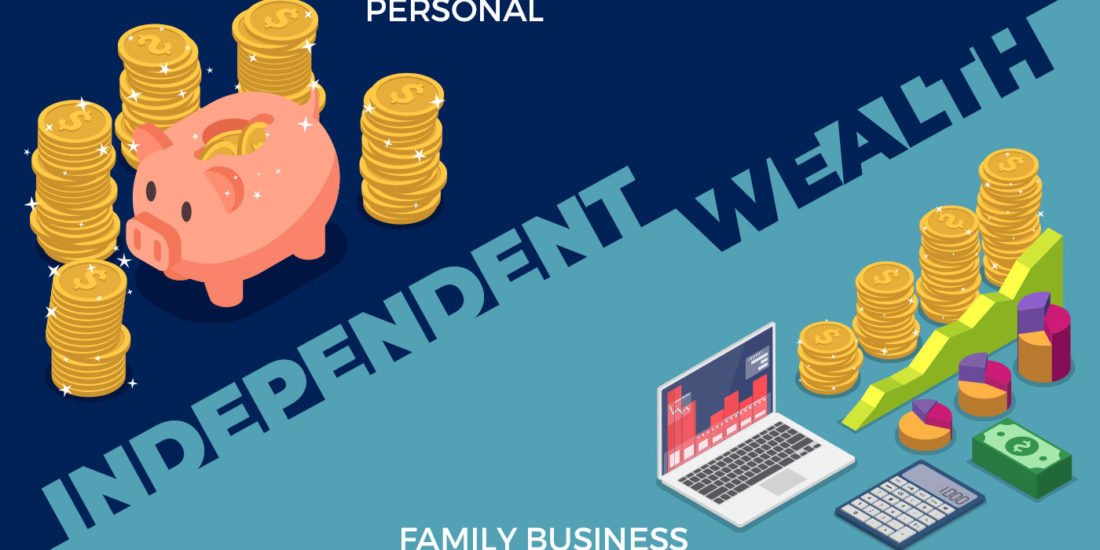Base of the Pyramid, Circular Economies & Sustainability Mindset of Executives
This issue is a blog from The Practitioner highlighting Base of the Pyramid, Circular Economies, and a framework for assessing the “sustainability mindset of executives.”
One of the good things about being The Practitioner is that one gets to be a fly on the wall in various settings. Earlier this month The Practitioner had the opportunity to attend the 11th annual FERC (Family Enterprise Research Conference) in Burlington, Vermont.
One of the presenters at this event was Stuart Hart, Steven Grossman Endowed Chair for Business Sustainability at the University of Vermont and the emeritus Samuel C. Johnson Chair of Sustainable Global Enterprise and professor of management at the Johnson School of Management at Cornell University. The Practitioner likes to be au courant and was pleased to learn a number of relatively new concepts being applied to the family enterprise field. So… here is The Practitioner’s distillation of an outstanding presentation by Dr. Hart, tied in (of course) to our theme of the year of Myths & Realities.
Myth 1: There is no entrepreneurial or financial gain to be found at the Base of the Pyramid (BoP).
Reality: There is considerable opportunity in this market, but family enterprise in particular may be well positioned to find new markets and drive the global economy in new ways.
So what is BoP?
In global economics, the base of the pyramid is the largest, but poorest socio-economic group, estimated at 3 billion people. The phrase “base of the pyramid” is used in particular by people developing new models of doing business that deliberately target that demographic, often using new technology.
First defined in 1998 by Professors C.K. Prahalad and Dr. Hart, it was subsequently expanded upon by both in books written in 2004 and 2005. Stuart Hart and Ted London have since written a book Next Generation Business Strategies for the Base of the Pyramid exploring this concept.
Listen to the authors at nextgenerationbop.com
Myth 2: Circular economies, although endorsed by the European Union, backed by the Chinese Government and in use in Japan for decades, won’t work.
Reality: Avoiding circular economies may be an excuse for business inaction for both family and non-family companies.
Not exactly sure what a circular economy is? Here’s a primer.
The generic circular economy label can be applied to, and claimed by, several different schools of thought, that all gravitate around the same basic principles which they have refined in different ways: Waste is food; diversity is strength; energy must come from renewable sources; systems thinking is critical – sound familiar?
The idea of circular material flows as a model for the economy was presented in 1966 by Kenneth E. Boulding in his paper, “The Economics of the Coming Spaceship Earth.” Promoting a circular economy was identified as national policy in China’s 11th five-year plan starting in 2006. The Ellen MacArthur Foundation, an independent UK charity established in 2010, has more recently outlined the economic opportunity of a circular economy. As part of its educational mission, the Foundation has worked to bring together complementary schools of thought and create a coherent framework, thus giving the concept a wide exposure and appeal.
From the Ellen MacArthur Foundation website:
Go here to learn what businesses and universities can learn from each other.
Go here to learn about the Circular Economy 100
Or…read The Guardian as it debunks three myths on circular economies.
Myth 3: Global sustainability and increased shareholder value are incompatible.
Reality: CEO’s come in different categories when it comes to this topic.
Go here for a framework to use in your family company or with your clients. The Sustainability Mindset of Executives: Four Views.
All this from a one-hour talk! Thanks to the FERC organizers for this stimulating experience.
For further 2015 FERC updates go here.
Yours in Practice,
The Practitioner




